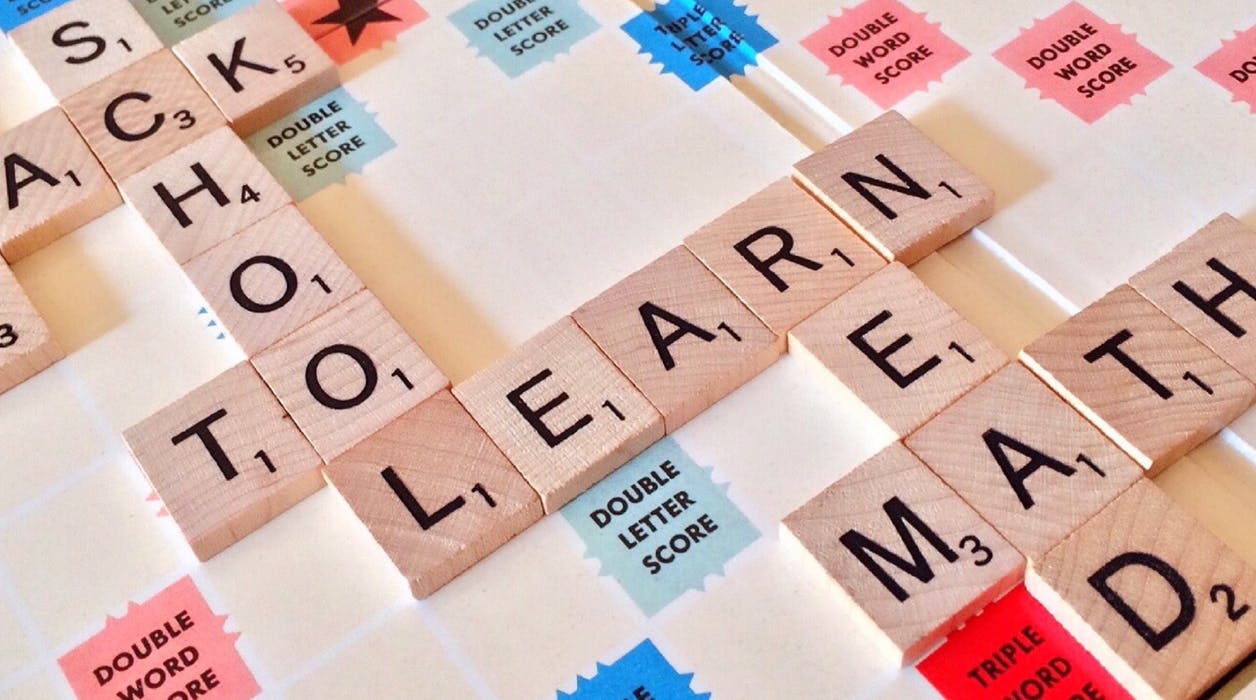Are you looking for memory hacks to help kids memory and recall skills? If so, keep reading.
1. Make sure the student receives information from an assortment of resources (e.g., texts, discussions, films, slide presentations, etc.) to enable their memory/recall.
2. Urge the student to play word games such as HANGMAN®, SCRABBLE®, Password™-, etc.
3. Create tests and exams for the student using the “Who, What, Where, On occasions where, How, and Why” format.
4. Teach the student to recognize phrases related to the information to enable their memory skills.
5. Get the student to practice repetition of information to enable memory skills (e.g., repeating names, telephone numbers, dates of activities, etc.).
6. When the student is required to recall information, remind them of the situation in which the curriculum was initially presented (e.g., “Remember yesterday when we talked about . . .?” “Remember when we were outside, and I told you about the . . .?” etc.).
7. Provide the student a sequence of words describing objects, persons, places, etc., and have them find the opposite of each word.
8. Provide the student a sequence of words (e.g., objects, persons, places, etc.) and have the student list all the words they can think of with similar meanings (i.e., synonyms).
9. Provide the student a sequence of words or images and have them name the category to which they belong (e.g., objects, persons, places, etc.).
10. After reading a short story, have the student recall the main characters, the sequence of activities, and the outcome of the story.
11. Give chances for the student to “overlearn” the curriculum presented to enable their ability to recall the information.
12. Get the student to memorize the first sentence or line of a poem, song, etc. As the student experience success, require them to memorize more lines.
13. Teach the student how to organize information into smaller units (e.g., break a number sequence into small units, e.g., break 132563 into 13, 25, 63).
14. Urge the student to use semantic mapping techniques to enable visual memory.
15. Give the student oral signals to encourage recall of content previously presented (e.g., keywords, a brief oral description, etc.).
16. Assess the appropriateness of the information to be recalled to ascertain (a) if the task is too complicated and (b) if the duration of time scheduled to finish the task is sufficient.
17. Ask the student a question when they are most likely to be able to respond successfully.
18. Get the student to record essential information that they should remember.
19. Consider using an education app to help the student enhance their memory. Click here to view a list of apps that we recommend.





